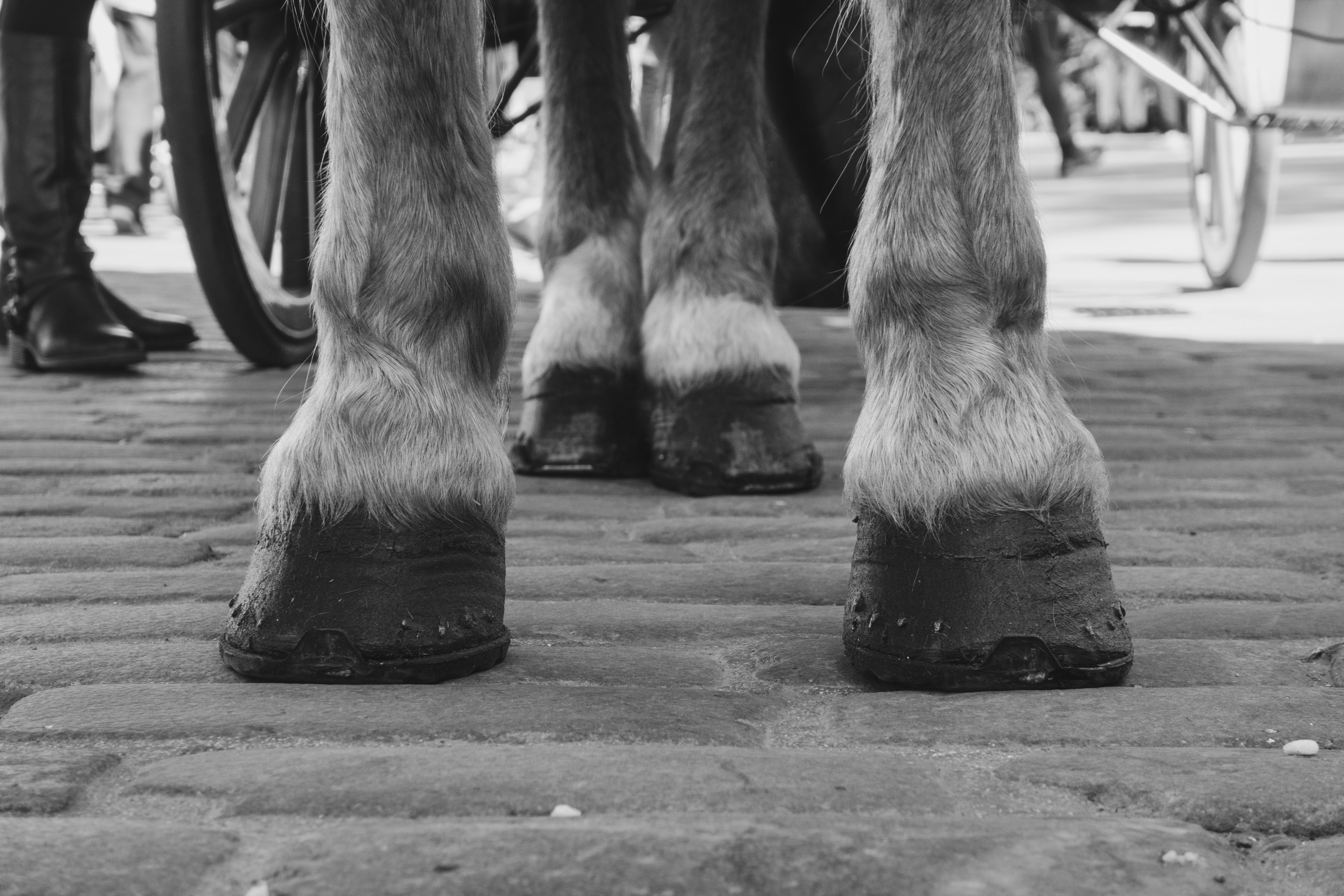Horses lose four of their toes in the womb
About four weeks after conception, horse embryos still have five toes, just like humans
By Kevin Delvecchio on Unsplash
Horses only have one toe. Okay, they have one toe per leg, so four in total. Their hooves are equivalent to the top phalanx of our middle fingers. However, the ancestors of horses had more toes on each leg, three or four. During the evolution of the horse, the middle toe grew larger and larger in size, eventually forming what we now call a hoof. And now, all that's left of the other toes are two little stumps to the side of the hooves, called metapodials.
A new study led by Kathryn Kavanagh from the University of Massachusetts Dartmouth and her colleagues has now shown that horses do not always have one toe.
About four weeks after conception, horse embryos still have five toes, just like humans. In the weeks following, the middle toe will grow larger, while the outer pairs of toes first merge and then reduce to form the metapodials. By the time the embryo is two months old, only the middle toe will be left.

Horses have only four toes in total.
In reviewing the literature, the researchers found that the horses are not unique in this. All animals that they included in their review, ranging from pigs to crocodiles to emus, started off their life with either four or five digits. Many ended up with fewer digits, either through fusion, because some digits stopped growing, or through another mechanism.
Previously scientists thought that genetic factors would determine how many digits an animal should start growing as an embryo, and animals with fewer toes would grow fewer as an embryo. However, this new study proposes that all animals actually start off by growing four or five digits, and only later during the development do they reduce the number of digits.





















